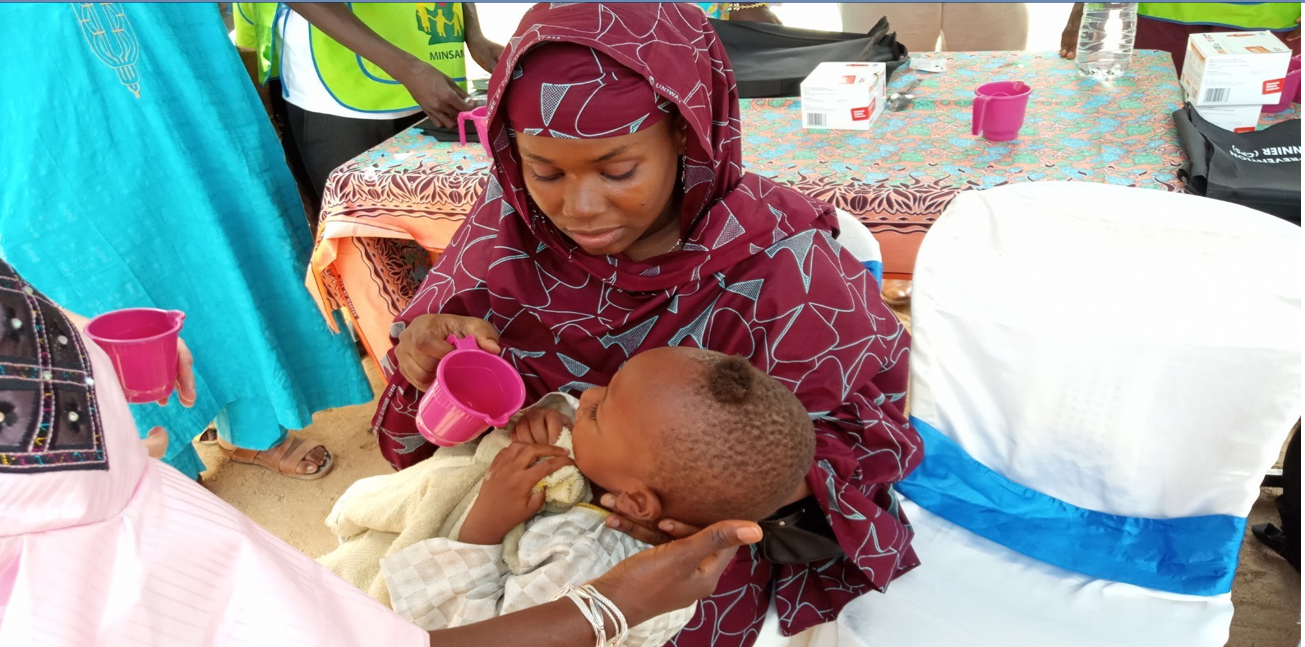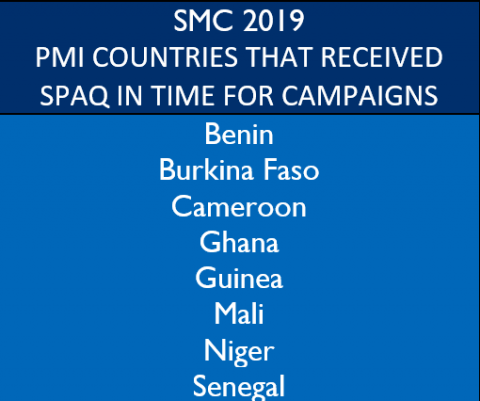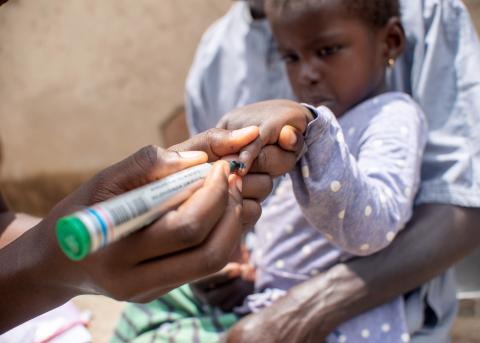GHSC-PSM, funded by the U.S. President’s Malaria Initiative (PMI), introduced a new strategy to mitigate supply challenges in 2018. By addressing global market as well as country-level constraints, as of 2019 the project ensured that several PMI countries in Africa received the SPAQ quantities they needed in time for their campaigns (see box), potentially protecting up to 6 million children.
At the global market level, the project streamlined procurement procedures by shifting orders from wholesalers to the manufacturer. GHSC-PSM worked with countries to place orders a full year before they were needed and prepositioned inventory at a regional distribution center in Belgium, introducing flexibility and responsiveness for last-minute quantity changes and delivery requirements from Europe to the Sahel sub-region.


